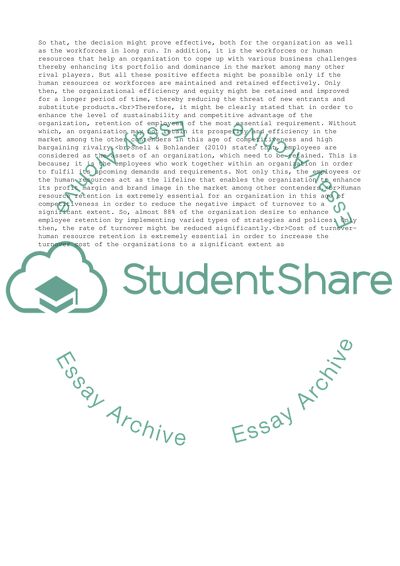Cite this document
(Multi-national operation and competition of General Motors Corporation Essay - 1, n.d.)
Multi-national operation and competition of General Motors Corporation Essay - 1. https://studentshare.org/human-resources/1809098-multi-national-operation-and-competition-of-general-motors-corporation-gm
Multi-national operation and competition of General Motors Corporation Essay - 1. https://studentshare.org/human-resources/1809098-multi-national-operation-and-competition-of-general-motors-corporation-gm
(Multi-National Operation and Competition of General Motors Corporation Essay - 1)
Multi-National Operation and Competition of General Motors Corporation Essay - 1. https://studentshare.org/human-resources/1809098-multi-national-operation-and-competition-of-general-motors-corporation-gm.
Multi-National Operation and Competition of General Motors Corporation Essay - 1. https://studentshare.org/human-resources/1809098-multi-national-operation-and-competition-of-general-motors-corporation-gm.
“Multi-National Operation and Competition of General Motors Corporation Essay - 1”. https://studentshare.org/human-resources/1809098-multi-national-operation-and-competition-of-general-motors-corporation-gm.


